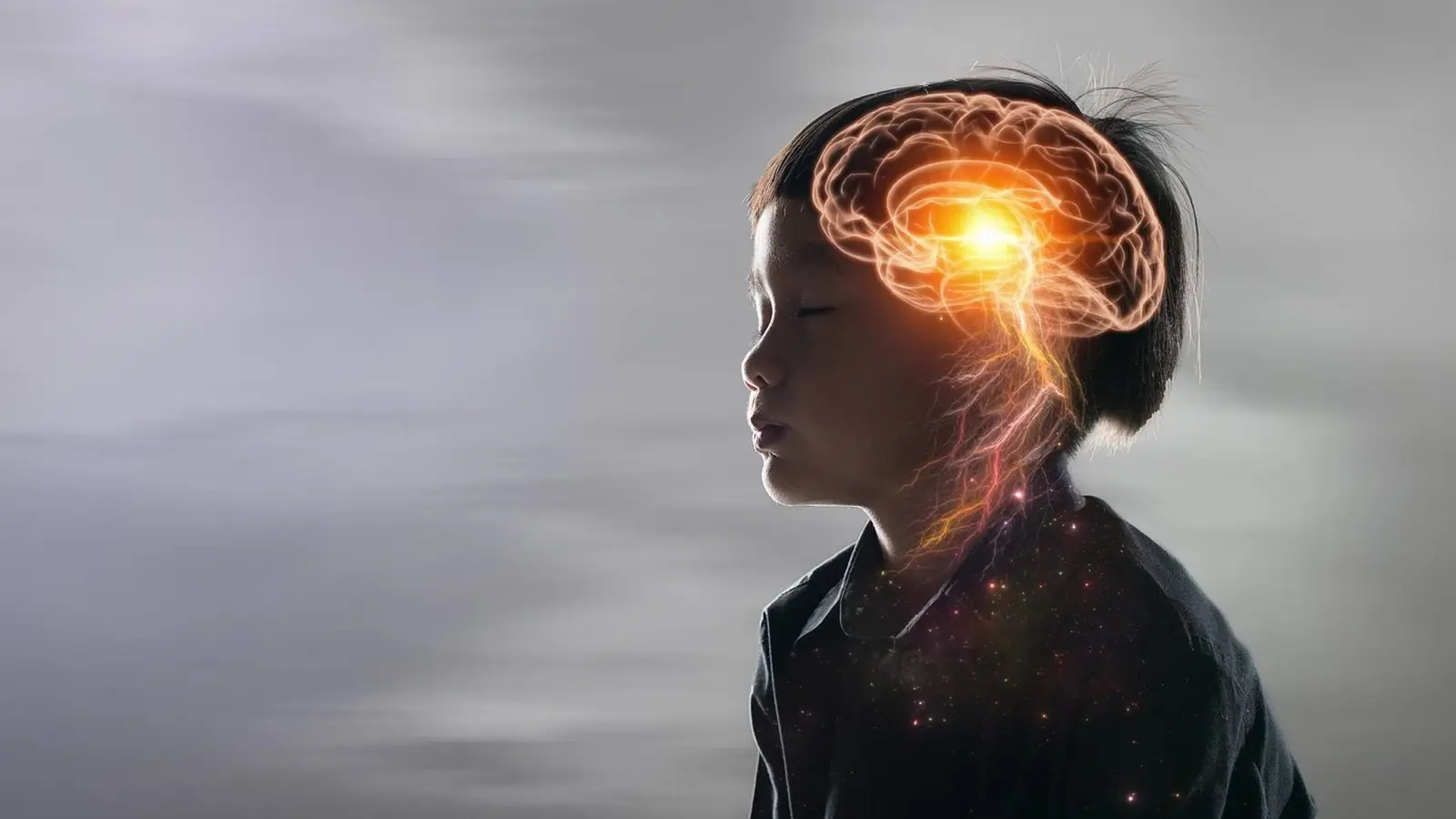5 Minutes
Researchers have discovered a surprising route to buried memories: briefly seeing and embodying a childlike version of your own face can help people retrieve richer, earlier autobiographical memories. The finding links how we perceive our bodies to how we remember our lives, and points toward new tools for studying and perhaps aiding memory recall.
How the experiment recreated a childhood self
The study, published in Scientific Reports and led by neuroscientists at Anglia Ruskin University in Cambridge, used a technique known as the enfacement illusion. In simple terms, participants viewed a live video of their own face that had been digitally altered to look younger. The edited face mirrored participants' head movements in real time, creating a convincing sense that the childlike image belonged to them.
Fifty adults took part. One group experienced the childlike, filtered version of their face; a control group saw their unaltered adult face while undergoing the same procedure. Immediately after the illusion, researchers conducted an autobiographical memory interview asking participants to recount episodes from both early childhood and the previous year
.avif)
Dr. Utkarsh Gupta demonstrates the enfacement illusion, with an image filter applied to the photo on the right. Credit: Anglia Ruskin University
Measuring memory detail, not just recall
Rather than simply asking whether a memory surfaced, the team quantified how much episodic detail participants provided. Episodic autobiographical memory is the vivid, relivable kind of memory that includes sensory impressions, contextual details, and the subjective feeling of mentally traveling back in time.
Participants who embodied the childlike face reported significantly more detailed early-life memories compared with those who viewed their normal adult faces. The effect was strongest for childhood recollections rather than recent events, suggesting the manipulation preferentially facilitated access to more remote autobiographical material.
Why changing bodily self-perception affects recall
The research team argues that memories are encoded not only as scenes and facts but also as bodily experiences. When we formed childhood memories, our bodies were different in size, appearance, and proprioceptive sensations. Reintroducing a familiar bodily cue — in this case, a childlike face tied to one’s own movements — may help the brain reinstate the original memory trace and unlock details that otherwise remain inaccessible.
Lead author Dr. Utkarsh Gupta, who conducted the work during his PhD at Anglia Ruskin University and now works as a Cognitive Neuroscience Research Fellow at the University of North Dakota, noted that the body is an inherent part of every remembered event. He suggests that temporarily shifting bodily self-perception can make remote memories more retrievable decades after they were formed.
Implications for memory science and potential therapies
Professor Jane Aspell, head of the Self & Body Lab at Anglia Ruskin, highlights a provocative possibility: if simple visual-body illusions can unlock childhood memories, more sophisticated bodily manipulations might help access memories formed during infancy or be adapted into therapeutic interventions. That could be relevant for people with memory impairments or for clinical contexts where recovering autobiographical details matters.
The study opens several questions. How durable is the effect? Can similar illusions be tuned to target different life stages or specific sensory components of memory? And what are the ethical considerations when intentionally altering access to personal memories?
Related technologies and future directions
Enfacement sits within a broader toolkit of virtual-reality and body-ownership manipulations used to explore self-perception, social cognition, and memory. Advances in real-time facial morphing, VR embodiment, and multisensory integration now make it possible to design controlled experiments that recreate aspects of past bodily states with high fidelity.
Future studies will need larger samples, cross-cultural replication, and testing in clinical populations such as people with Alzheimer's disease or developmental amnesia. If validated, body-based memory cues might complement cognitive therapies, forensic interviews, or rehabilitative strategies.
Expert Insight
Dr. Mina Reyes, a cognitive neuroscientist and science communicator who was not involved in the study, commented: "This research elegantly demonstrates that memory is not just a mental replay but a multisensory reconstruction linked to our bodily self. It does not create new memories; it helps the brain find ones that are harder to reach. That opens exciting possibilities for both basic science and therapeutic innovation, but we should proceed cautiously as we learn the boundaries and ethics of memory modulation."
Overall, the study provides compelling evidence that momentary changes in how we perceive our bodies can influence memory retrieval. By treating the body as part of the mnemonic context, researchers can begin to design new experiments and tools to better understand how our past is stored, accessed, and sometimes unlocked.
Source: scitechdaily
Comments
skyspin
Is this even true? Sounds neat but could be just imagination cued by the filter, not real memory retrieval. Need bigger studies, diverse groups.
bioNix
wow that blew my mind, seeing your own kid face and unlocking dusty memories... weirdly moving, kinda spooky too. curious about ethics and limits.


Leave a Comment